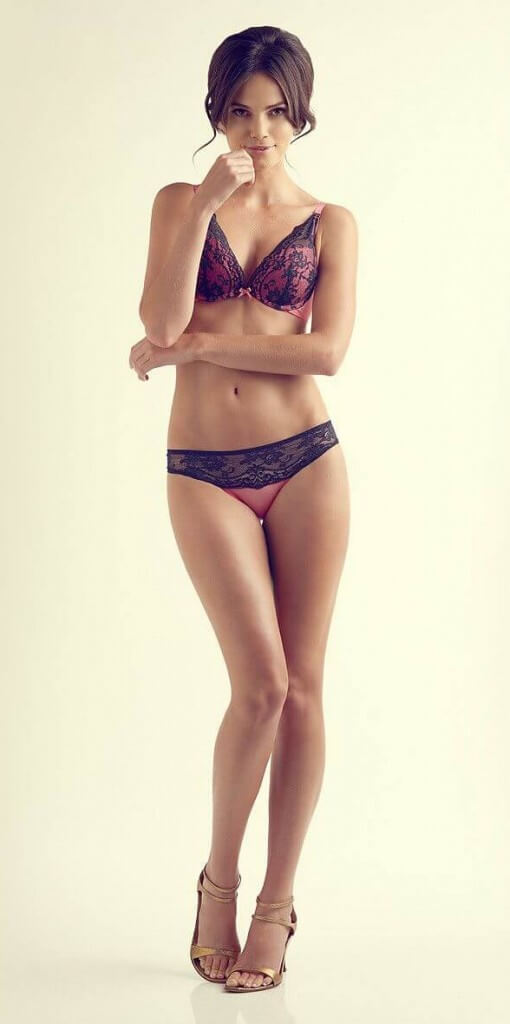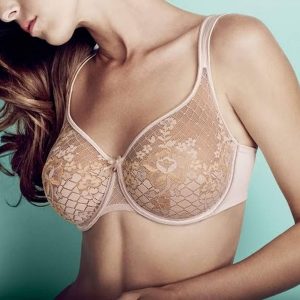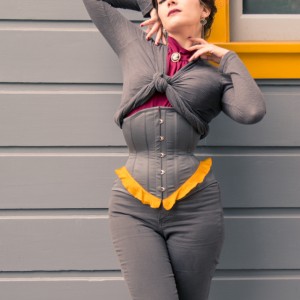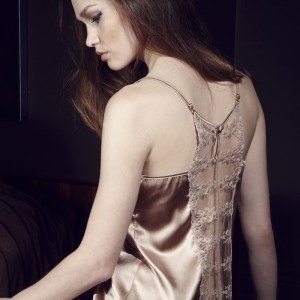What Influences Lingerie Sizing?
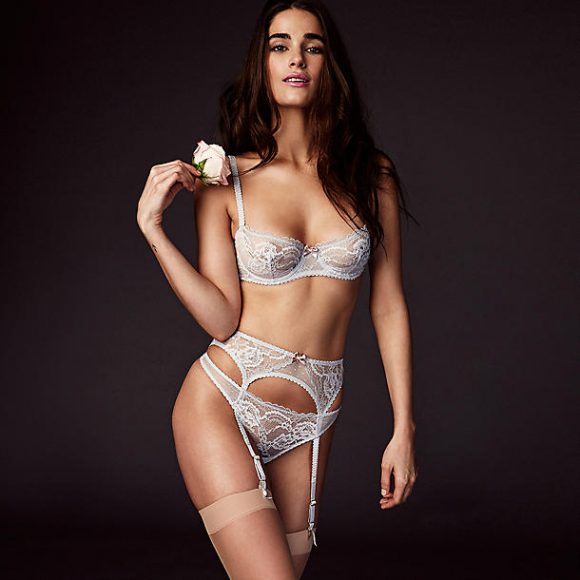
Journelle's Gia Demi Bra
The modern ready-to-wear lingerie industry is a blessing and a curse. On the bright side, it means great lingerie is widely available to many people, as opposed to just those privileged enough to have custom-made intimates. On the other hand, ready-made lingerie doesn't fit everyone.
No one fits perfectly into all available styles, even in the sizes they expect to wear. Plus, most lingerie labels sell narrow size ranges that sometimes leave consumers feeling excluded when they fall outside of the size chart. I don't feel like I wear a super unusual size--I wear a 34F or 32G bra, and I'm typically a ladies' size large in apparel--so when I'm sized out of lines I expect to be able to wear, I'm always surprised.
But those size ranges are crafted for a multitude of reasons--reasons that likely have nothing to do with excluding anyone. Even the biggest lingerie lines cannot start out by making every single style in every single size, and adding sizes takes more than simply deciding to do it.
So exactly what influences a lingerie brand's size range? I drew from my own experiences as a loungewear designer, and also spoke with designers from three very different lingerie labels -- Emily Lau from The Little Bra Company, Rania Abu-Eid from Journelle, and Dora Lau from Curvy Couture -- about the nuances that occur in selecting and expanding size ranges.
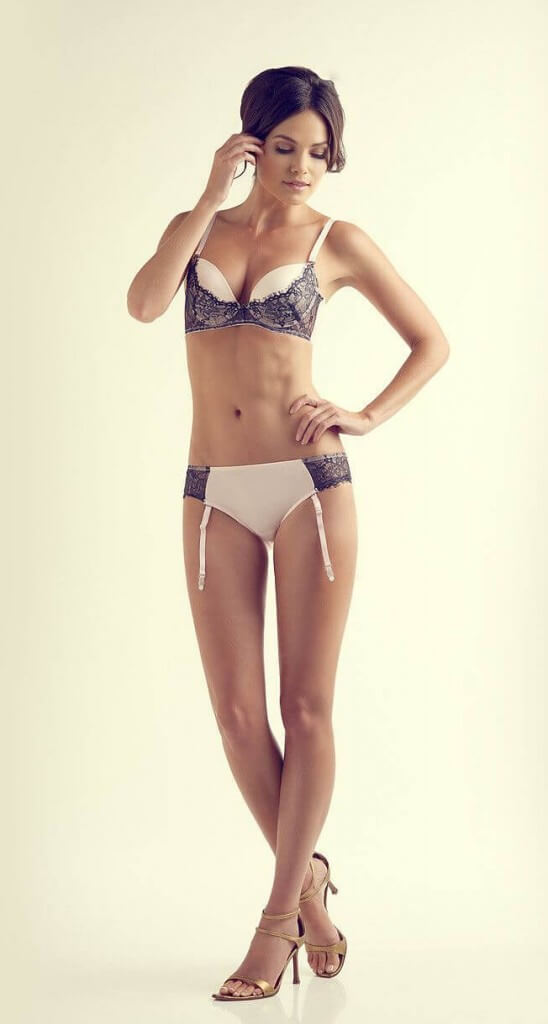
The Little Bra Company's Evie Bra
Initially, a size range is developed to satisfy a label's perceived niche. Marketing towards a niche is required for practically any business, especially for something as risky as lingerie. "Just like a petite pant is especially scaled for a petite figure, I did the same with bras," says Emily from The Little Bra Company, who currently makes sizes 28-34A-C, 36A-B, and 38A. "With an adjusted smaller back and closer-set cups, I was able to find the perfect fit [for people with smaller cup sizes]."
On another point on the size spectrum, Dora started Curvy Couture to make well-fitting bras for "the average American woman," and launched in sizes 34DDD through 44H. And Journelle's private label runs from 30C-G to 36A-D, with a focus on "larger cup sizes for smaller bands," to fill a need they saw in their stores.
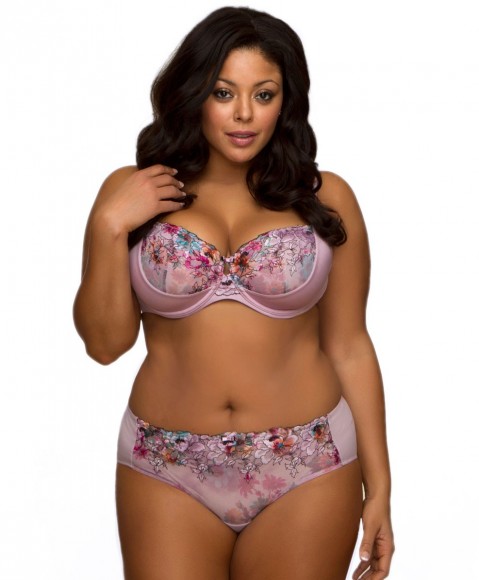
Curvy Couture's Love Affair Unlined Underwire Bra
I think many people get frustrated when they see a brand marketing towards a niche they identify with--be it petite, curvy, full-cup, or even "average"--and they discover they aren't within the brand's size range. Like other parts of the fashion industry, lingerie sizing varies wildly and has no official standards. The same goes for the terms that define those sizes; for instance, "full cup" might mean 32DD to one person, but 44H to another.
Lingerie brands select what they see as their niche, or what they think the majority of their customers see as their niche. Curvy Couture considers a 34DDD to be a "small band size with fuller cups," while Journelle, whose private label focuses on that exact same idea, stops at a 34E/DD. It's fascinating, but understandably frustrating.
It's confusing later, too, when customers constantly request a size on a lingerie line's social media page, and it doesn't appear in the brand's next season assortment. But don't assume the request is being overlooked; these developments are complicated, especially for smaller companies with limited resources. There are many obstacles in the way for brands to expand their sizes.
Fit limitations.
Making additional sizes is not as easy as just scaling up the pattern and putting it into production--whether a brand is hoping to grow their niche or expand outside of core sizes, this growth requires a lot of trial and error for fit. Many of The Little Bra Company's customers request D cups, which are often seen as petite in today's lingerie market. "I'm considering adding this size range, but want to make sure that the construction of the larger cup is balanced with the smaller band sizes," Emily says. If the proportions and fit aren't right, the sizes won't sell.
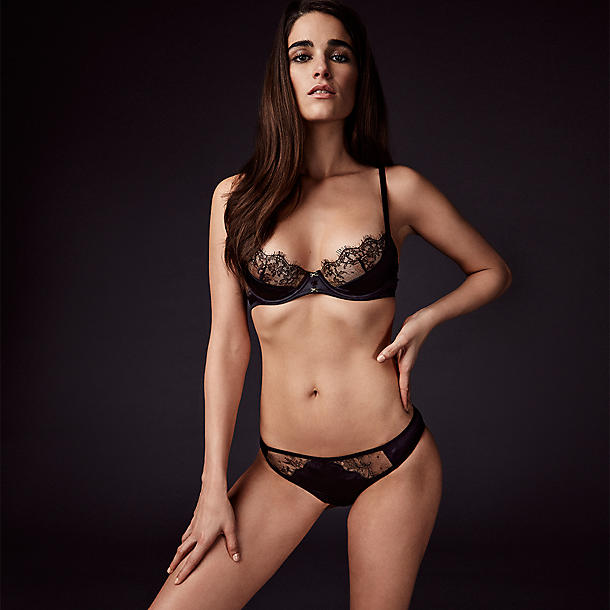
Journelle's Veronique Low Balconette Bra is available in 12 core sizes from 30C to 36B, rather than the full 20 sizes that the Journelle private label typically manufactures.
Fabric limitations.
Larger cup sizes not only need sturdier materials for support, but also bigger materials, period. The pretty lace covering the cup of a 32B bra can't be used on a 36G if it's not wide enough, and finding materials suitable for many cup sizes is difficult. "Laces that are wide enough tend to be more costly or require custom development," says Rania from Journelle, "and with that comes high minimums." Most brands don't have the capital or are unable to meet the minimums required to go into custom development for suitable trims. In a dramatic example, the Journelle Veronique bra shown above, a moulded quarter cup topped with a delicate French lace, is only available in a handful of sizes because the lace is too narrow for larger cups.
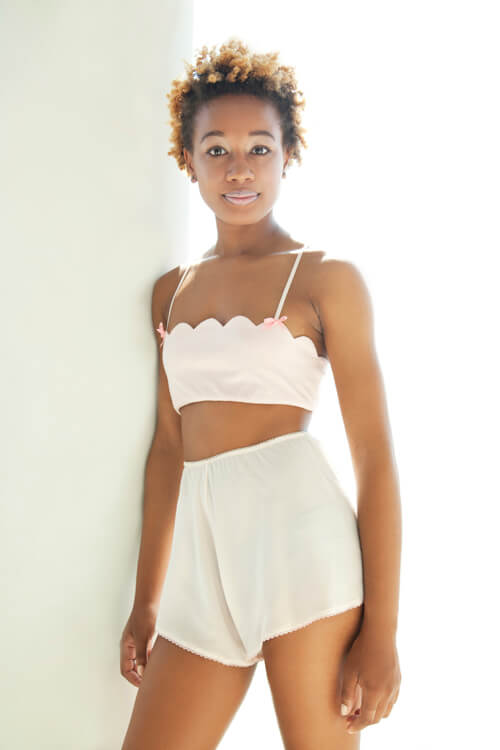
she and reverie's Scallop Bralette, available in sizes XS through L.
Physics limitations.
Some styles of bras just don't work for very many sizes. Yes, many labels could make bralettes and unlined lace bras for G cups and above, but they likely won't give the look the wearer desires, which means they won't sell. My indie loungewear line she and reverie makes sizes XS through L, which tops off at about a 40" bust for our bralettes. While I'd love to make larger sizes, we rarely sell size L bralettes as it is. Bustier customers typically want more support, which bralettes, simply because their soft, delicate nature, can't provide. Until textile scientists develop a thin, soft, comfortable fabric that holds up full cups nicely, or more full-cup women start desiring less support, I wouldn't feel comfortable expanding sizes.
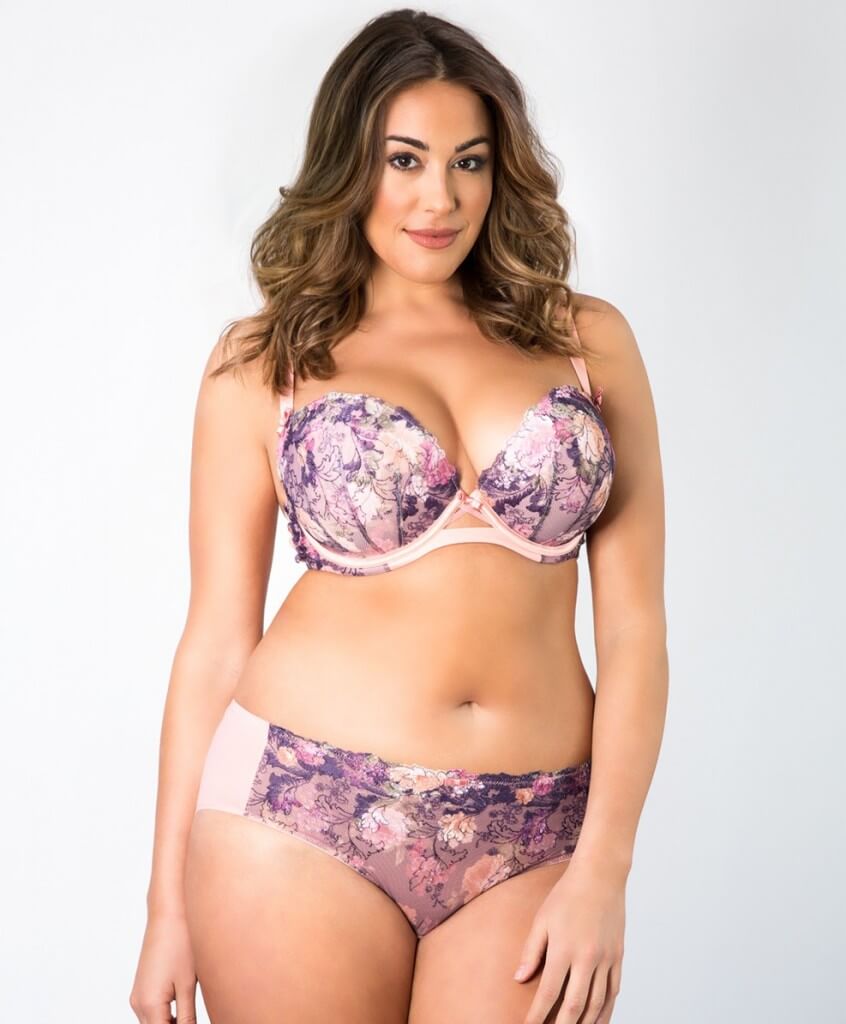
Curvy Couture's Love Affair Plunging Balconette, available in sizes 34C to 42H.
Time limitations.
Even after all other obstacles have been overcome, it could take years for that oft-requested size to hit the market. Curvy Couture is hoping to expand up to 46 bands, but because the company fits each size individually, it won't happen in just a few weeks. We know these women want bras in their size right away," says Dora, "but we are not ready to put something out there until we stand by the fit 100%." If the fit is off the first time, customers probably won't try again, so it's important to get it right initially--even if it means waiting many seasons to release a new size range.
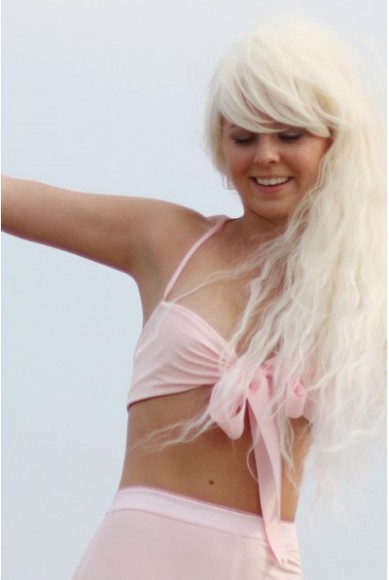
she and reverie's Clamshell Bralette, available in sizes XS through L
Cost limitations.
Yep. You saw it coming. This is the part that no one wants to talk about. At the end of the day, the more sizes a brand makes, the more money it costs them. Each size pattern costs money to grade, or scale up. Larger sizes naturally use more fabric, which means less profit per item. On top of all that, each additional size is an additional risk for the company. It's hard enough for a lingerie line to get funding in today's market; expanding sizes doesn't make it easier. Cost isn't necessarily the main reason for a line to limit sizes, but it's certainly (and understandably) a major one.
Not every lingerie brand makes every person's size, but there is a lingerie brand out there for nearly every person. It's easy to get frustrated when a line doesn't make your size. Instead, try supporting brands that specialize in your body type's niche. There's a category on TLA for nearly every size niche; take a look under the "Popular Categories" tag at the top of the page and find the brands that cater to you. You'll be telling the lingerie industry that your size is less of a risk than they expect, and you'll get lingerie that fits you perfectly.
Do you get frustrated by sizing when shopping for lingerie? Did any of these limitations surprise you?





